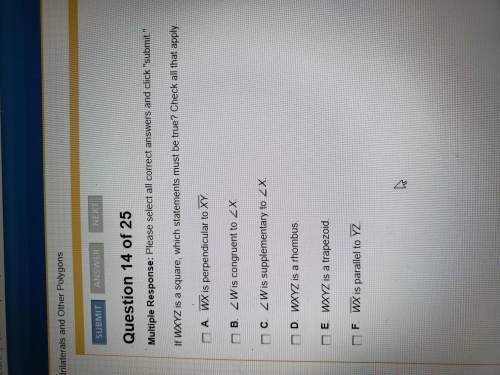
On January 1, 2018, Casey Corporation exchanged $3,258,000 cash for 100 percent of the outstanding voting stock of Kennedy Corporation. Casey plans to maintain Kennedy as a wholly-owned subsidiary with separate legal status and accounting Information systems.
At the acquisition date, Casey prepared the following fair-value allocation schedule:
Fair value of Kennedy (consideration transferred) $3,258,000
Carrying amount acquired 2,600,000
Excess fair value $658,000
to buildings (undervalued) $358,000
to licensing agreements (overvalued) (135,000) 223,000
to goodwill (indefinite life) $435,000
Immediately after closing the transaction, Casey and Kennedy prepared the following post acquisition balance sheets from their separate financial records.
Accounts Casey Kennedy
Cash 433,000 $142,500
Accounts receivable 1,275,000 311,000
Inventory 1,705,000 246,500
Investment in Kennedy 3,258,000 0
Buildings (net) 5,857,500 2,340,000
Licensing agreements 0 3,370,000
Goodwill 256,500 0
Total assets $12,785,000 $6,410,000
Accounts payable $(395,000) $(470,000)
Long-term debt (3,390,000) (3,340,000)
Common stock (3,000,000) (1,000,000)
Additional paid-in capital 0 (500,000)
Retained earnings (6,000,000) (1,100,000)
Total liabilities and equities$(12,785,000) $(6,410,000)
Prepare an acquisition-date consolidated balance sheet for Casey Corporation and its subsidiary Kennedy Corporation.

Answers: 3
Another question on Business

Business, 22.06.2019 02:30
Sweeten company had no jobs in progress at the beginning of march and no beginning inventories. the company has two manufacturing departments--molding and fabrication. it started, completed, and sold only two jobs during march—job p and job q. the following additional information is available for the company as a whole and for jobs p and q (all data and questions relate to the month of march): molding fabrication total estimated total machine-hours used 2,500 1,500 4,000 estimated total fixed manufacturing overhead $ 10,000 $ 15,000 $ 25,000 estimated variable manufacturing overhead per machine-hour $ 1.40 $ 2.20 job p job q direct materials $ 13,000 $ 8,000 direct labor cost $ 21,000 $ 7,500 actual machine-hours used: molding 1,700 800 fabrication 600 900 total 2,300 1,700 sweeten company had no underapplied or overapplied manufacturing overhead costs during the month. required: for questions 1-8, assume that sweeten company uses a plantwide predetermined overhead rate with machine-hours as the allocation base. for questions 9-15, assume that the company uses departmental predetermined overhead rates with machine-hours as the allocation base in both departments. 1. what was the company’s plantwide predetermined overhead rate? (round your answer to 2 decimal places.) next
Answers: 2

Business, 22.06.2019 11:40
Select the correct answer brian wants to add a chart to his dtp project. what is the best way he can do this? a draw the chart using the dtp program draw option b create the chart in a spreadsheet then import it c. use the dtp chart wizard to create the chart within the dtp d. create an image of the chart in an image editor then import the image e use html code to create a chart within the dtp program
Answers: 3

Business, 22.06.2019 14:30
If a product goes up in price, and the demand for it drops, that product's demand is a. elastic b. inelastic c. stable d. fixed select the best answer from the choices provided
Answers: 1

You know the right answer?
On January 1, 2018, Casey Corporation exchanged $3,258,000 cash for 100 percent of the outstanding v...
Questions


Social Studies, 06.05.2021 18:40

Mathematics, 06.05.2021 18:40

Mathematics, 06.05.2021 18:40



Mathematics, 06.05.2021 18:40

Computers and Technology, 06.05.2021 18:40

Spanish, 06.05.2021 18:40

History, 06.05.2021 18:40

Mathematics, 06.05.2021 18:40



Mathematics, 06.05.2021 18:40


Spanish, 06.05.2021 18:40

Mathematics, 06.05.2021 18:40


Mathematics, 06.05.2021 18:40

Spanish, 06.05.2021 18:40




